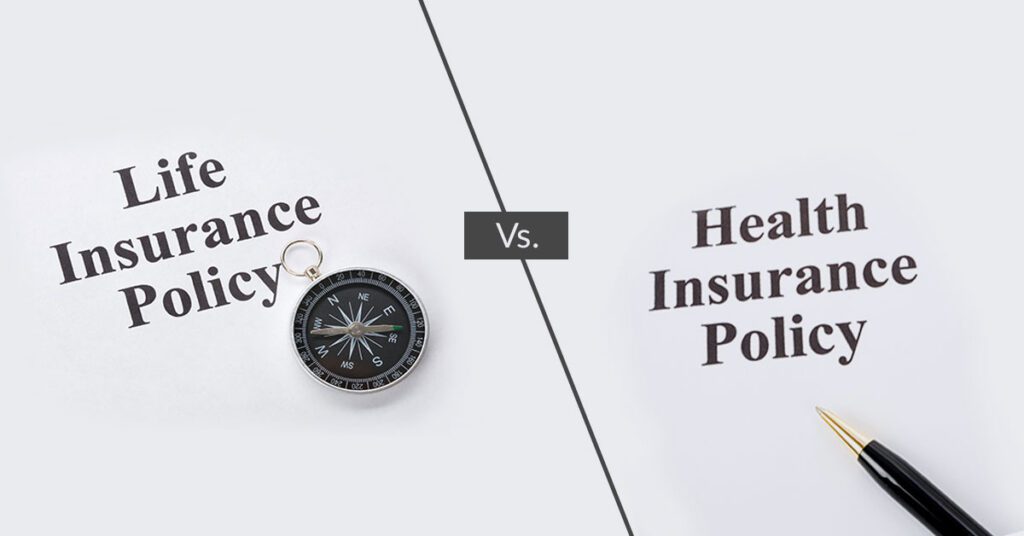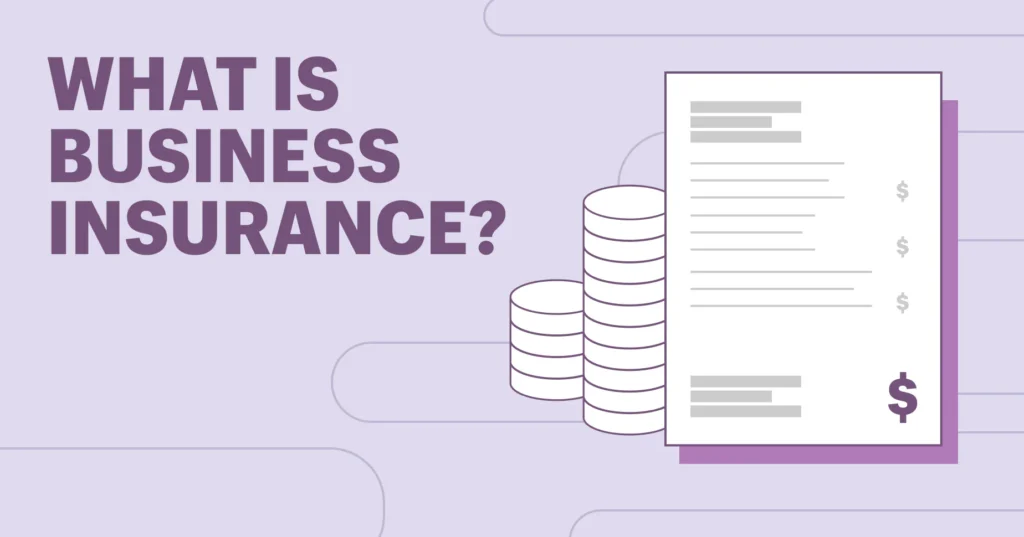Key takeaways
- An independent agent or broker can help you compare life insurance quotes across multiple carriers to find the best policy that meets your budget and needs.
- The entire process can take several weeks for a fully underwritten life insurance policy or just a few days for an accelerated underwriting policy.
- A medical exam may be required to buy life insurance, but there are various no-exam options for eligible individuals.
- Depending on the policy, you have 10 to 30 days after it’s issued to decide if you want to keep the policy. If not, you can cancel it for a full refund of the premiums paid.
Buying life insurance can feel like an overwhelming process, especially if you’re unsure where to start. There are different types of life insurance policies to consider, as well as multiple ways to determine your coverage needs and secure a policy. Getting life insurance doesn’t have to be stressful. Bankrate is here to help. This guide walks you through the life insurance buying process.
How to buy a life insurance policy
Purchasing life insurance may seem complicated if you have never done it before. The first thing to know is that you can choose between permanent and term life insurance. Each comes with potential pros and cons, as well as a wide range of premiums.
Purchasing a life insurance policy has become easier as more insurance providers allow you to request quotes and buy a policy through their website. If you prefer to speak with a licensed agent, you can usually reach out over the phone or in person. Your insurance provider or agent will explain how to purchase life insurance. For instance, you might have to get a medical exam, which must be completed in person.
If you are in the market for life insurance, here are the steps to help you purchase the right policy.
1. Decide how much coverage you need
Before you start requesting life insurance quotes, determine how much coverage is right for you. Specifically, decide why you’re purchasing life insurance. For instance, you might take out a policy to financially support your dependents after your death, or you might get life insurance in order to provide a financial gift to loved ones or cover funeral expenses. If you’re a high-net-worth individual, you could use life insurance to cover estate taxes or for business succession planning.
Deciding why you’re getting insurance will help you determine whether a term or permanent policy works best for you. For example, if your goal is to have financial security while you pay down a mortgage, you might choose a term length that meets that obligation and would allow your beneficiary to pay the loan off after your death. If you’d like to leave a legacy, you might take out a policy with a higher death benefit.
Here are just some of the reasons people need life insurance:
- Financial support for dependents
- End-of-life expenses
- Funeral costs
- Charitable contributions
- Debt management
- Income replacement
- Business protection
Although there are many ways to calculate a potential coverage limit, one popular method is the DIME formula, which takes into account your debt and final expenses owed, total income based on what might be needed after your death, the amount left on your mortgage and any outstanding or expected expenses for your dependents’ education or schooling.
For a simpler method, you could take out a policy with a death benefit that equals 10 times your current income. However, this strategy doesn’t take your family’s living expenses into account. You might prefer to use an online coverage calculator that asks you to enter specifics like your expenses, mortgage or education costs to come up with a more accurate estimate. Some individuals prefer working directly with an experienced licensed insurance agent or financial advisor when determining their coverage needs.
2. Pick a life insurance policy type
There are two main types of life insurance: term and permanent. Within permanent insurance, the two primary types are whole life insurance and universal life insurance. Term life insurance is usually less expensive with fewer benefits, while permanent life insurance is typically more expensive as it offers more benefits. Here’s a closer look at what these policies cover and how they work:
- Term life insurance: Term life insurance is generally the cheapest kind of life insurance. It provides coverage over a specific term period, usually between 10 and 30 years. If you pass away during the term, your beneficiaries will receive a payout from the insurance company. Once the term is over, the benefits end unless the policy is renewable or convertible, which is offered by many insurers. It is important to note your premium will likely increase if you choose to renew or convert.
- Whole life insurance: Whole life (WL) insurance is a type of permanent life insurance that is designed to provide lifetime protection as long as you continue to pay the premium, with fixed premiums and cash value that earns a guaranteed rate of interest. If you’re interested in whole life, understanding how to buy whole life insurance is essential, as premium differences can vary significantly. With some whole life policies, policyholders pay their premium until they die, and other policies only require a premium for a certain number of years (although these premiums are much higher compared to the lifelong premiums). Additionally, a participating whole life policy tends to be slightly more expensive than non-participating due to its dividend-earning potential.
- Universal life insurance: Universal life (UL) is another type of permanent coverage. It also accumulates cash value, but the policy is flexible to allow you to change your death benefit and premium to fit your changing needs. There are several forms of universal life insurance, including variable universal life insurance and indexed universal life insurance. The interest rate earned by the cash value varies based on the type of UL policy.
Before you buy life insurance, you may want to do more research to find out which option will best meet your needs.
3. Research different life insurance carriers
Next, start looking for life insurance companies that appeal to you. Remember that no two companies are the same. When choosing a life insurance company, search the website and look at the policy options. The best life insurance company for you may offer a combination of coverage options that fit your insurance needs and a positive customer service experience.
You can get an idea of a company’s level of customer service by reviewing J.D. Power studies for life insurance. Check for a company’s financial strength by reviewing ratings from AM Best, S&P and Moody’s. You may also want to research and compare different life insurance riders, which are add-on coverage options that could give you a broader range of protection. To help you save time, consider working with an independent agent or broker. They can run quotes from several providers on your behalf and help you understand key differences between policy types, like how to buy term life insurance vs permanent life and which would be most beneficial for your coverage needs and financial goals.
4. Request and compare life insurance quotes
Once you have selected a handful of potential providers, you can get quotes from each company. This can be insightful, considering pricing can vary significantly amongst insurers. Generally, you’ll have to provide some personal information, like your name, address, age and gender, and you’ll most likely have to answer health history questions. For instance, you might have to say whether you’re a smoker, take medications, have had surgeries and answer questions about your lifestyle.
The insurance company then uses that information to calculate a life insurance quote for you. Bear in mind that this is just an estimate since the exact amount might change following the insurer’s full underwriting process, which may include a medical exam and evaluation of personal records, such as prescription history, health and driving records.
Not all insurers provide online quotes. In some cases, you may need to contact an agent for more information.
5. Fill out the application
After choosing the provider that fits your needs, the next step is to fill out an application. You will be required to include basic personal information, as well as your Social Security number and driver’s license number. Additionally, you might be asked by the insurance company or your agent to submit an Attending Physician Statement (APS), which helps the insurance company verify your medical history (this form will be provided to you). Some life insurance applications can be filled out online, and it is usually a quick process. However, you should be prepared and have your medical information available, including a medication list and details regarding any chronic or pre-existing conditions.
6. Prepare for your phone interview
After submitting an application, the insurance company might require a phone interview. The interview is mostly used to confirm the information you included on the application, but there may be some additional questions asked. For example, the interviewer may want to know more about your lifestyle and hobbies, your financial health, your income and any other life insurance policies you have. The interview is generally quick and, if required, will likely be scheduled shortly after submitting your application.
7. Schedule a life insurance medical exam
Many life insurance companies and policy types require applicants to get a physical exam before they can be approved for coverage. The life insurance medical exam is quick, typically lasts about 30 minutes, and the third-party examiner can visit you at your home or office — wherever is more convenient for you.
Not all life insurance policies require a medical exam. If you meet certain requirements, you might be able to get approved for life insurance without a medical exam.
8. Wait for approval
When the application process is complete, your job is done. The insurance company’s underwriter will take the information gathered from your application, phone interview and medical exam to determine if you’re eligible for coverage and, if so, what your premium is. As there is so much information to review, the approval process may take several weeks.
If you get approved and are happy with the policy and premium offered, you will be sent the policy documents to sign and approve. If you aren’t satisfied with the insurer’s offer, you can work with your agent to adjust the policy. For instance, you might change the death benefit/coverage amount or term length.
Once you’ve purchased the policy, you typically have a free look period that lasts 10 to 30 days, depending on the state and insurer, to confirm that you’re pleased with the policy. If not, you can get a full refund of the paid premium.
Other considerations when shopping for life insurance
When exploring options for life insurance, there are other important factors to keep in mind:
- Riders: Life insurance companies typically offer riders, but the options can vary. When choosing a life insurer, it may be worth checking that it has riders that suit your needs, such as a return of premium rider or child term rider. If so, consider how adding riders impacts the premium and how that affects the coverage you’re able to afford.
- Financial goals: How much of your income is contributed to the household? Beyond basic necessities, is this amount used to help make progress toward financial goals? Consider the impact your death could have on meeting these important milestones.
- Employer-sponsored coverage: If you have group life insurance through your employer, you’ll want to consider if it’s sufficient to cover your family’s financial needs if you pass away. If not, you’ll likely need an additional form of coverage. Also, be mindful that employer-sponsored policies generally become inactive once employment ends.
- Captive vs. independent agent/broker: A captive agent only works with one insurance provider, so if you’re hoping to get help finding the best rates for life insurance, you might choose to work with an independent agent or broker. An independent agent can request quotes from several insurers. However, take note that the majority of the largest insurers by market share, State Farm and Allstate, for example, offer their products only through their captive agents.
What are some common mistakes when buying life insurance?
In general, you’ll get the most affordable rates for life insurance the younger you are. People who wait too long to take out a policy might be frustrated to find that they pay more for life insurance than they would have if they took out the policy earlier.
Another common mistake is not assessing your needs before purchasing a policy. This might lead you to have more coverage than you need, in which case you’re paying a higher premium unnecessarily, or you might not have enough coverage or long enough term length to meet your and your family’s needs. For example, you may jump on a $250,000 10-year life insurance policy seeing how cheap the rate is, not considering the costs of raising children and the importance of protecting them through their most financially vulnerable years.
If your goal is to cover specific financial situations, like paying for funeral expenses or paying off a mortgage if you were to pass away suddenly, it might be a mistake to pay for more coverage than you need — in this case, permanent life insurance. Take the time to decide which type of insurance is right for you before committing to a life insurance policy.
FAQs
1. How do I know how much life insurance coverage I need?
The amount of coverage depends on your goals. Common reasons include supporting dependents, paying off debts like a mortgage, covering funeral expenses, or leaving a financial gift. A common rule of thumb is to buy coverage equal to 10x your annual income, but using tools like the DIME formula or consulting a financial advisor gives a more accurate estimate.
2. What’s the difference between term and whole life insurance?
- Term life insurance provides coverage for a set period (10–30 years) and is generally more affordable.
- Whole life insurance lasts for your entire life, comes with fixed premiums, and builds cash value, but it is more expensive.
Choosing depends on whether you want affordable temporary protection or lifetime coverage with additional benefits.
3. Do I need a medical exam to get life insurance?
Not always. Traditional fully underwritten policies usually require a quick medical exam, but many insurers offer no-exam life insurance options if you qualify. These policies may cost more but are faster and more convenient.
4. How long does it take to get approved for a life insurance policy?
Approval can take anywhere from a few days to several weeks, depending on the policy type and whether a medical exam is required. Accelerated underwriting or no-exam policies are usually processed faster.
5. Can I buy life insurance online?
Yes. Many insurers allow you to compare quotes, apply, and even purchase a policy entirely online. You can also choose to work with an agent or broker if you prefer personal guidance.
6. What happens if I change my mind after buying a policy?
Most policies include a “free look period” of 10–30 days, depending on your state and insurer. During this time, you can cancel the policy for a full refund of any premiums paid.
7. What are life insurance riders, and should I add them?
Riders are optional add-ons that provide extra benefits, like accelerated death benefits, waiver of premium in case of disability, or child coverage. Whether you need them depends on your financial goals and personal circumstances.
8. How do life insurance companies decide my premium?
Premiums are based on factors like age, gender, health history, lifestyle habits (e.g., smoking, drinking), occupation, and the amount/type of coverage you choose. Generally, younger and healthier applicants pay lower premiums.
9. Can I have more than one life insurance policy?
Yes, you can own multiple policies as long as the total coverage aligns with your financial needs and is justified during underwriting. Many people combine a term policy for temporary needs with a smaller permanent policy for lifetime coverage.
10. What happens if I stop paying my life insurance premiums?
If you stop paying, your policy may lapse, meaning coverage ends. Some permanent policies with cash value may use those funds to keep the policy active for a time, but ultimately, continuous premium payments are required to maintain coverage.
Conclusion
Buying life insurance may seem complex at first, but breaking the process into clear steps makes it much more manageable. From assessing how much coverage you need to comparing policies and completing the application, the goal is to secure financial protection that fits your family’s future. Whether you choose an affordable term plan or a permanent policy with lifetime benefits, life insurance provides peace of mind knowing your loved ones will be cared for financially. Take the time to compare providers, ask questions, and work with a trusted agent or broker if needed. With the right policy in place, you can move forward confidently, knowing you’ve taken an important step toward long-term financial security.










